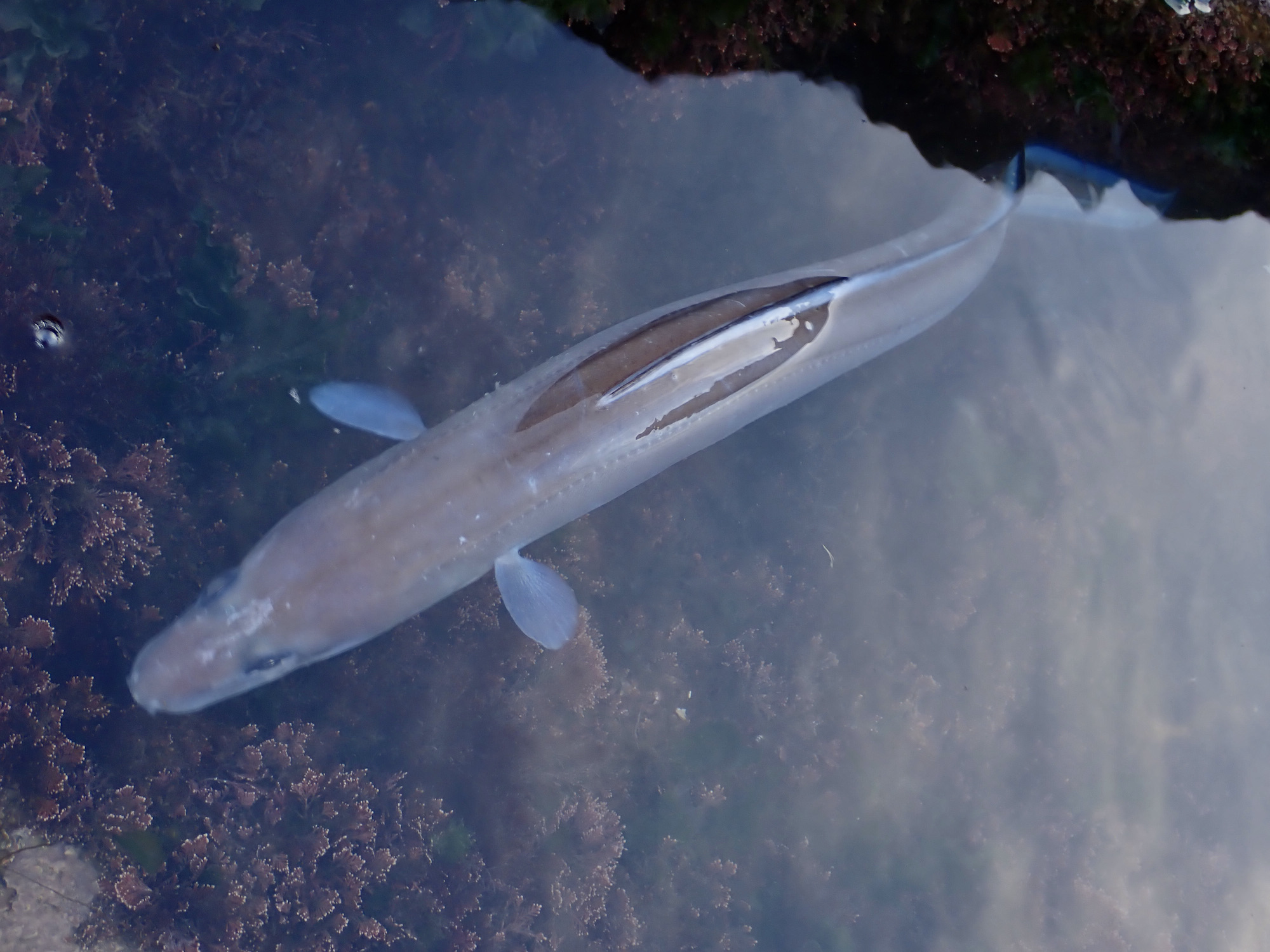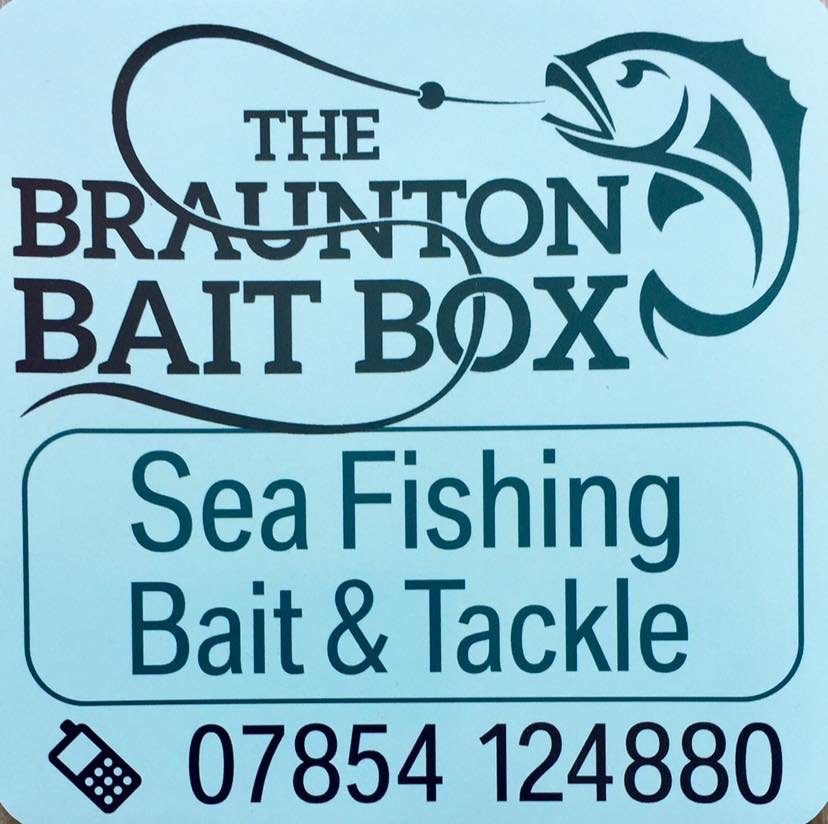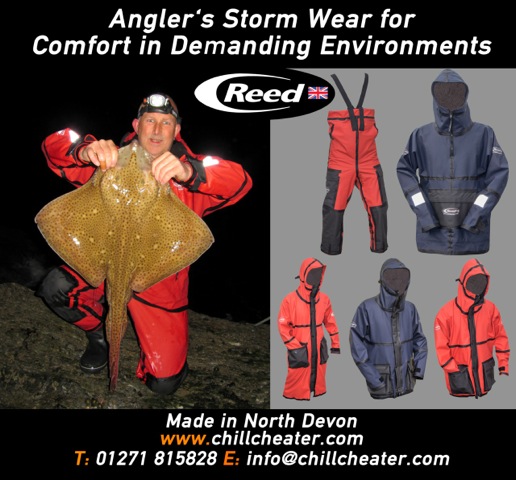I was keen to get out on the shoreline following the big stir up from Storm Eunice and Franklin so I arranged a trip to a local rock mark with my good friend Rob Scoines. This would probably be one of my last forays in search of winter species as my attention tends to turn towards freshwater goals as Spring unfurls. We arrived at low water with a couple of hours light remaining in the day. The sea was coloured up as expected and optimism was high that fish would be foraging close to the shore. In the past such a murky sea would have screamed cod but those days are long gone. Instead we hoped for spurdog, bull huss, tope and big conger.
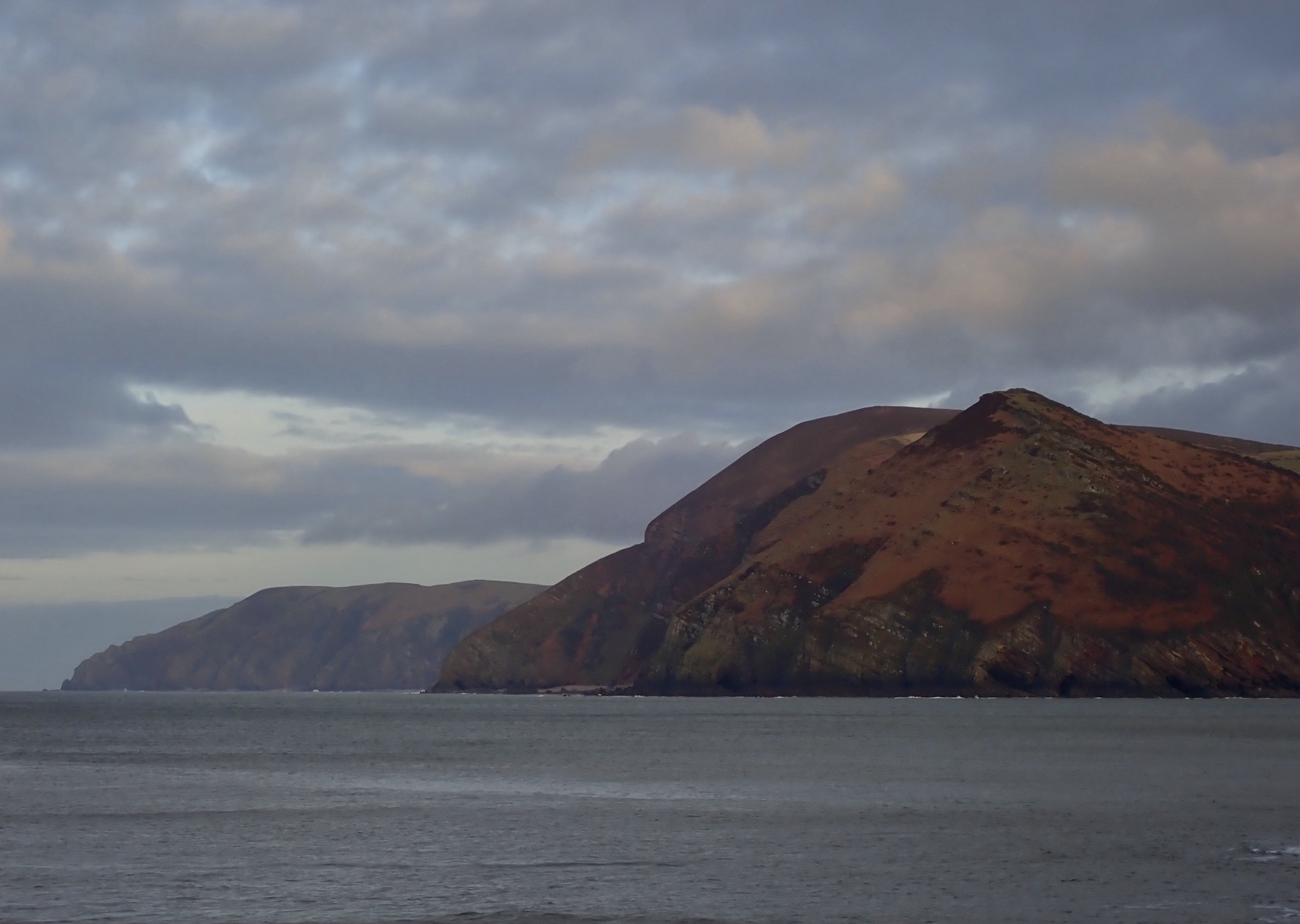
I have started using single hooks for most of my winter rock fishing with either a 2/0 catfish hook or a 6/0 Sakuma Manta with a short length of wire as insurance against the teeth of spurdog or tope. Contrary to general opinion this does not seem to put off the fish to any extent, particularly when the water is coloured or after dark. I was also using the new 80lb b.s shock leader from Sakuma. I will also be employing the clear shock leader as a hook length during the spring and summer targeting huss and ray.
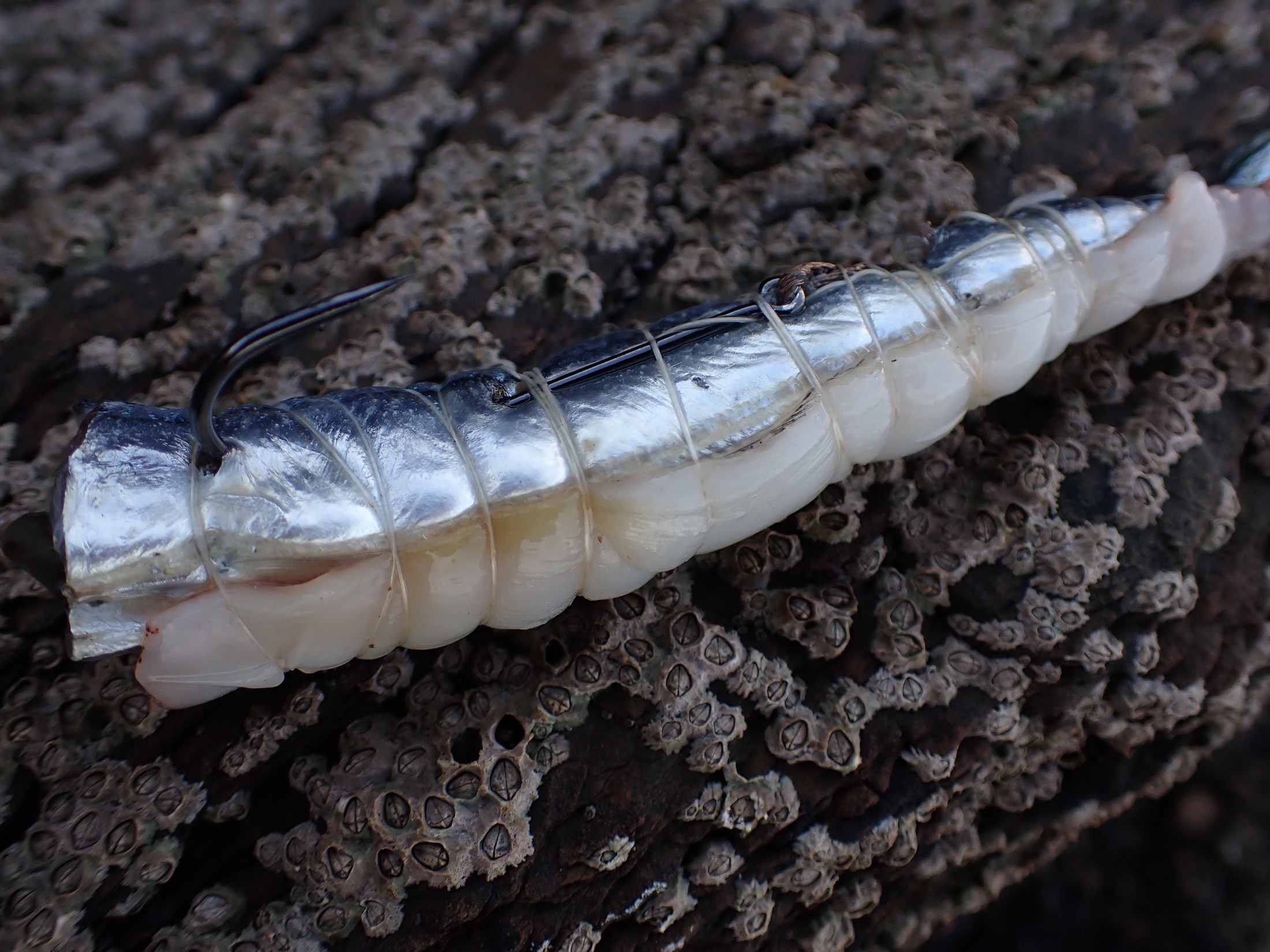
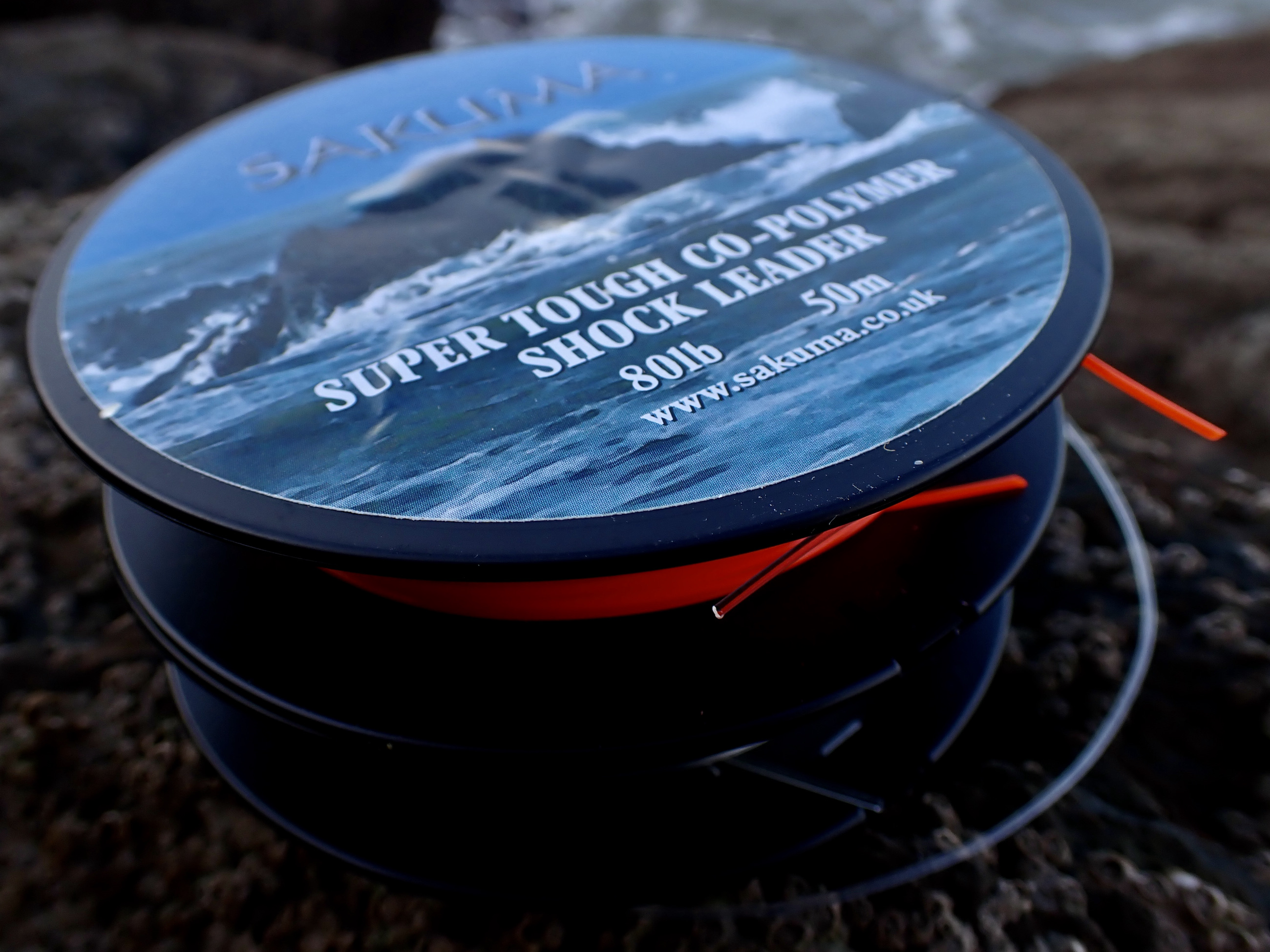
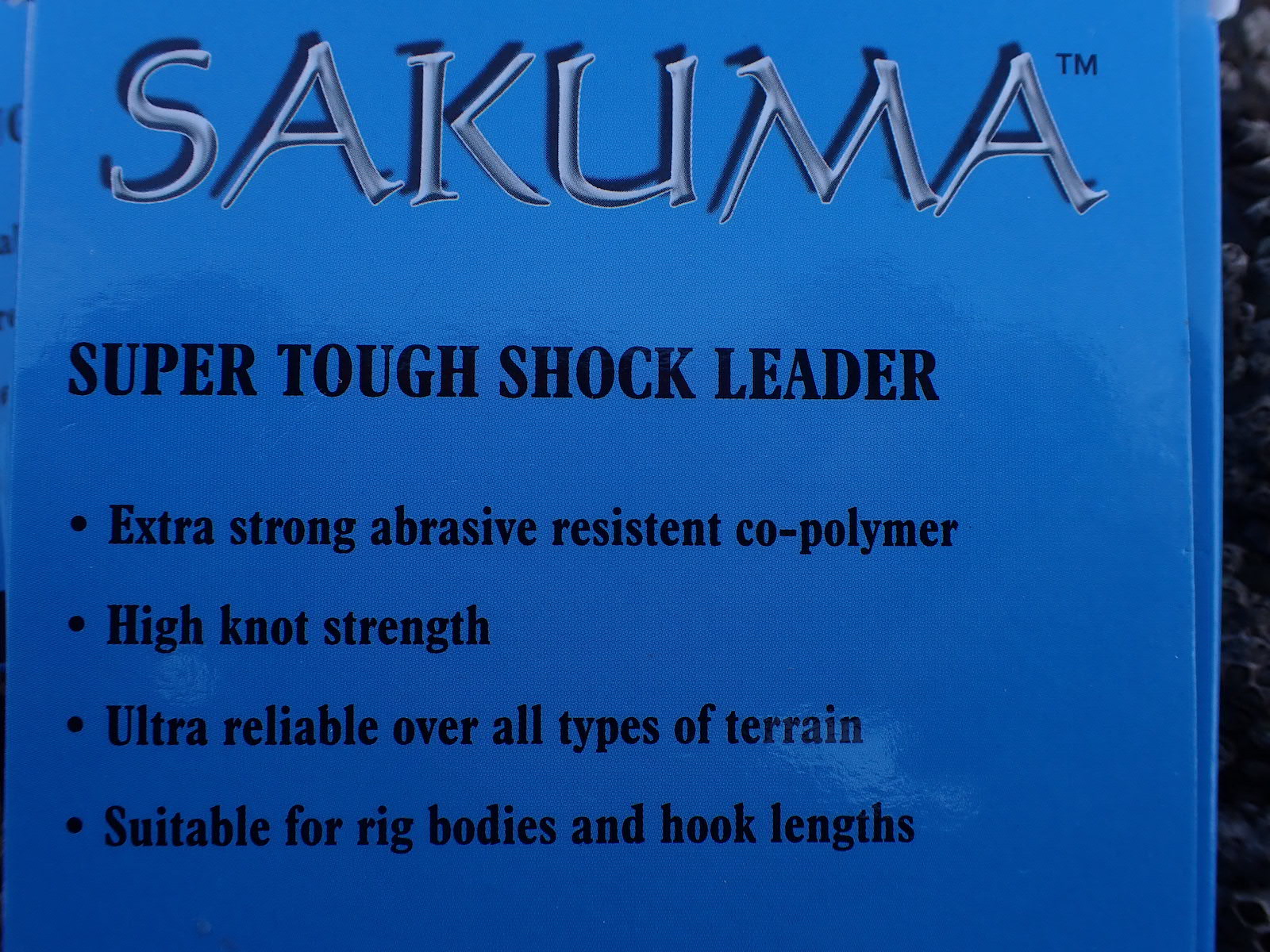
It was good to out in the fresh air as the late afternoon sunshine illuminated the cliffs and hills. A gannet glided across the coloured water and I wondered how they manage to find food in such conditions. I also saw this as a good omen that there were fish to be caught. It was action from the start with small conger smashing into my hook baits within moments of the baits hitting the sea bed. A small pollock also took a small mackerel bait intended for rockling.
Whilst I seemed to have found a congers nursery area Rob seemed to have found the kennel with dogfish finding this baits. The constant action continued with a fish a cast the large rock pool close to my position steadily filling with small conger and dogfish. I noticed Rob enticing a slightly better fish to the shore and was pleased to see a spotted ray swung onto the rocks. Rob also tempted a decent rockling that he decided to return instead of keeping it for bait as he suspected it might be close to spawning.
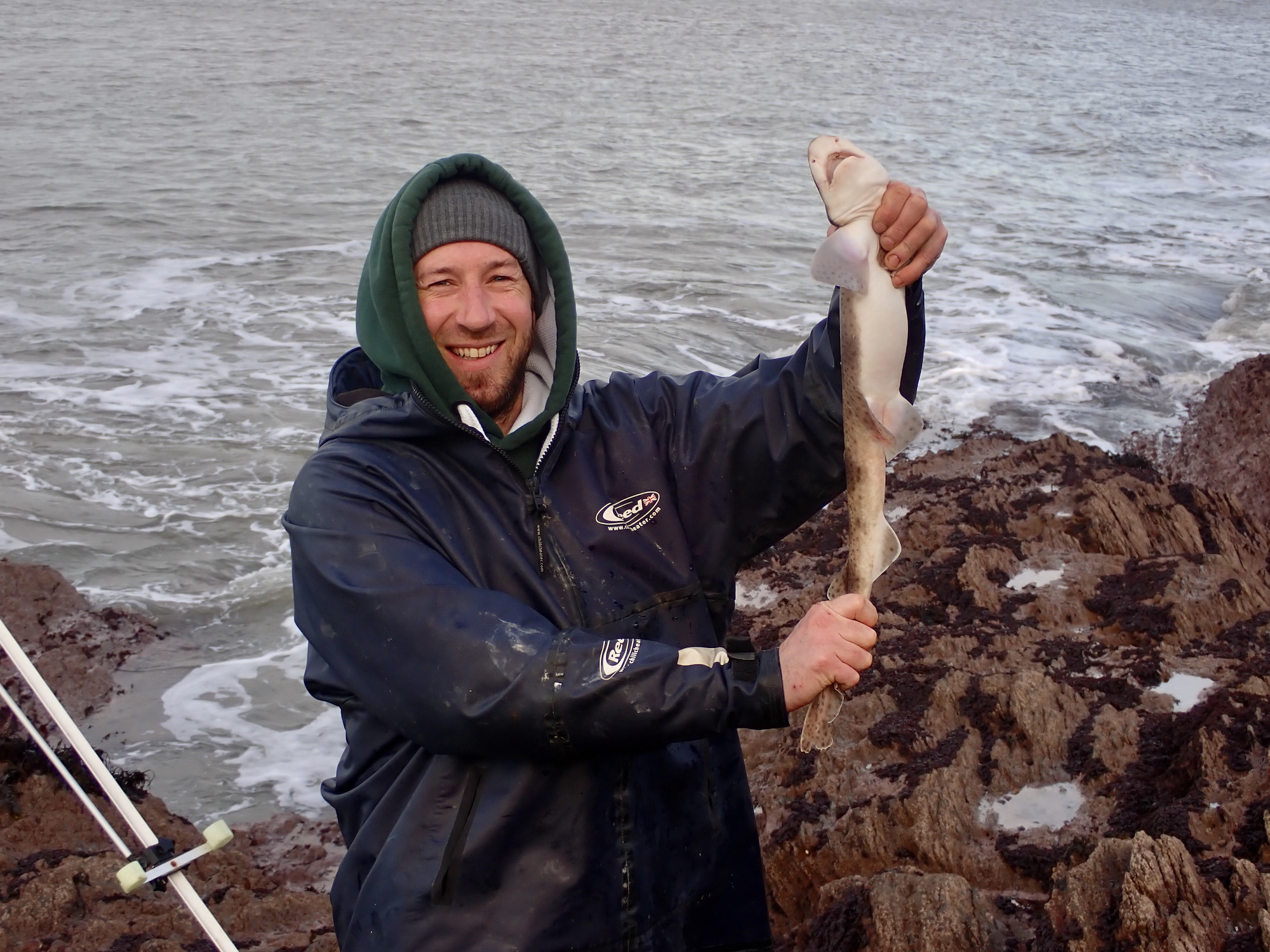
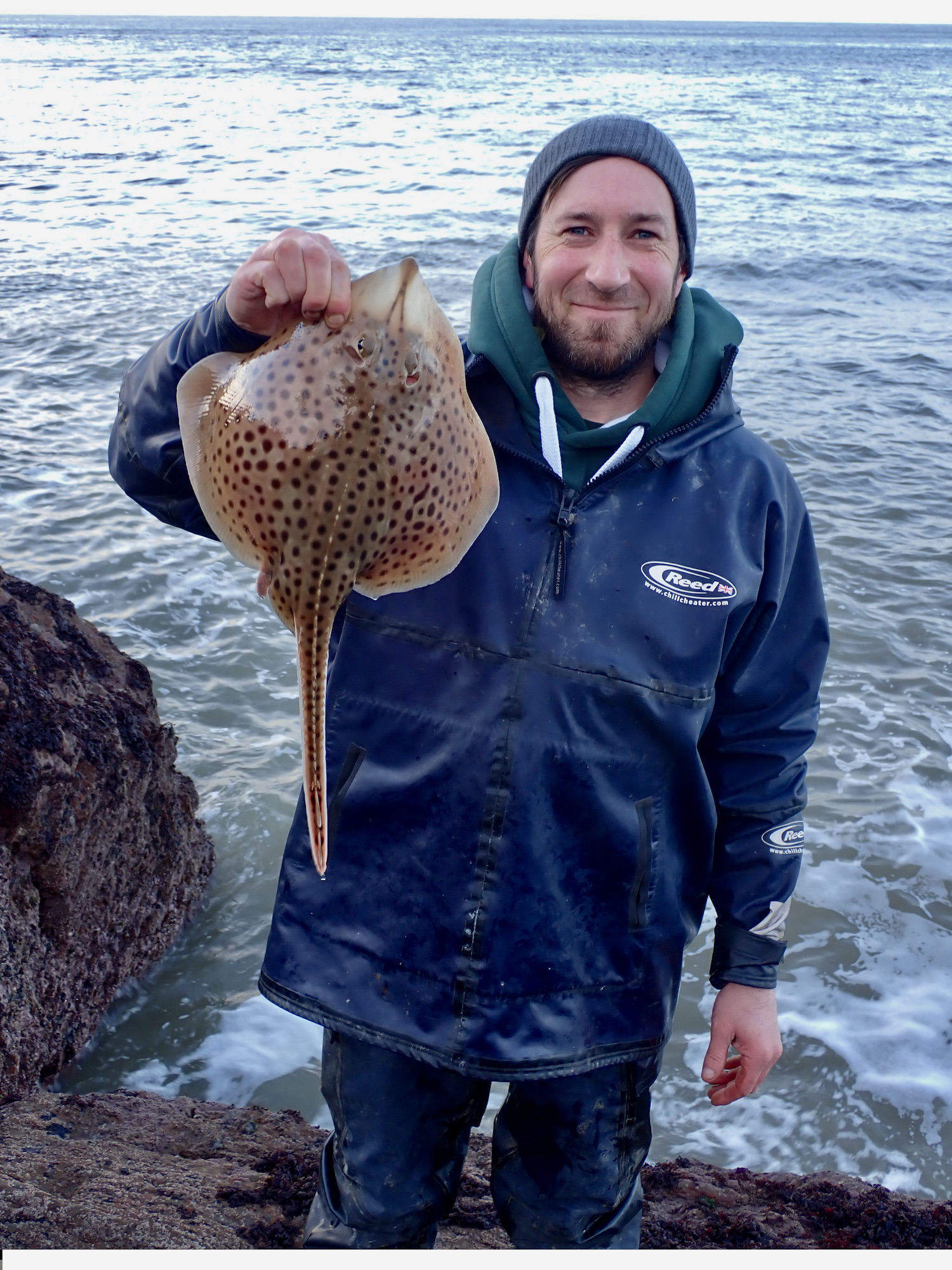
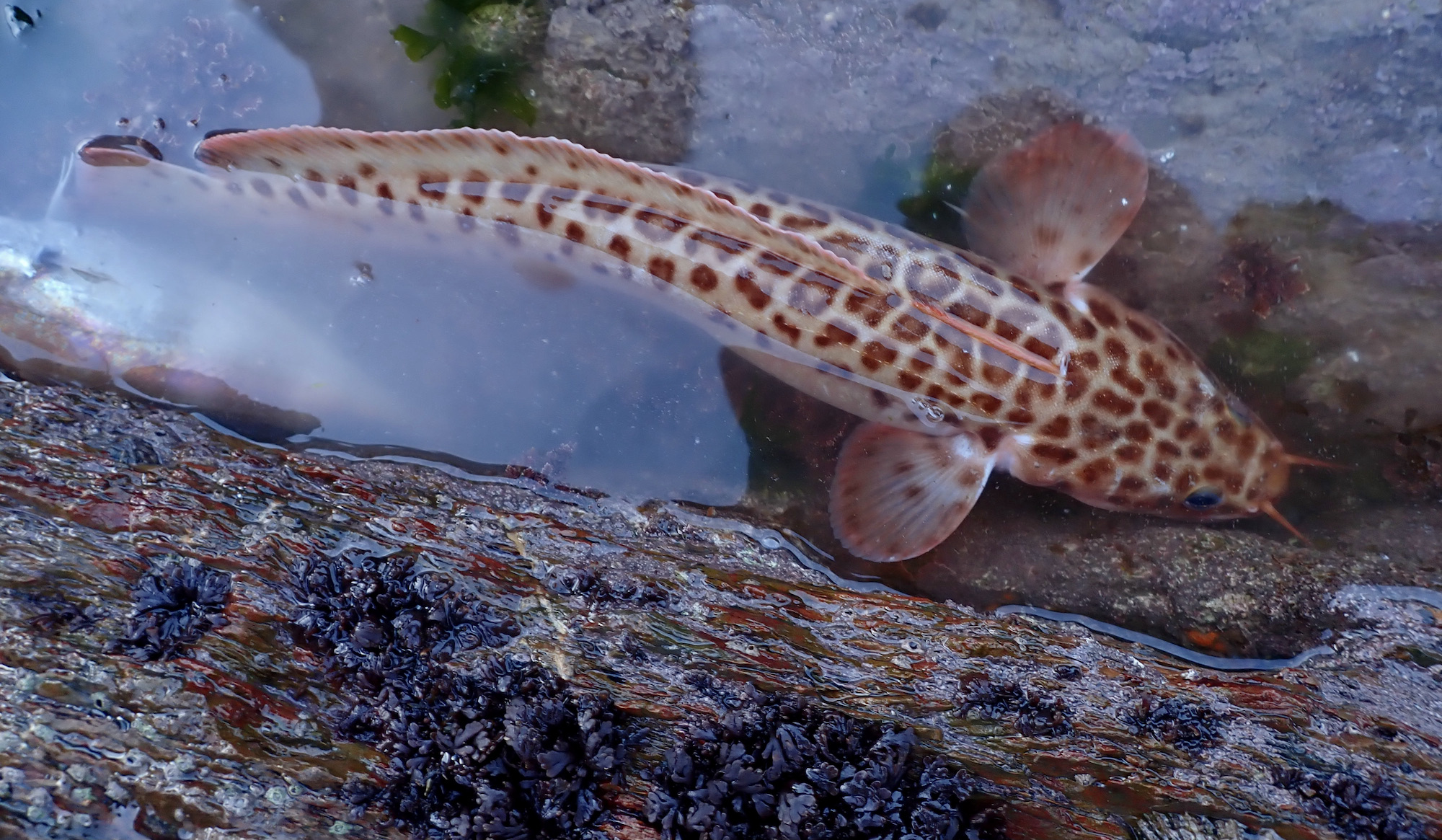
As darkness descended we hoped the bigger fish would move in. We both missed a couple of slack line bites with one fish breaking off my wink link to the weight as it tore off with the bait. Was this a better fish? If so how come it hadn’t become hooked as the countless strap eels and dogfish had been.
As the tide pushed in we moved up the rocks away from the surging swell. Strangely the bites eased off until we eventually packed away close to high water. It had been an enjoyable session with plenty of small fish. Very different from the fishing that would have been experienced twenty odd years ago when we could have expected a late cod. The numbers of small conger and dogfish now present are undoubtedly an indication of a change in our coastal waters. Whiting and pouting are now scarce; is this due to a change in the climate or an increase in predation from immature conger and spurdog offshore?
As always each session brings more questions than answers. Why for example did I catch in excess of twenty strap eels when Rob caught none yet seemed to catch more dogfish?
